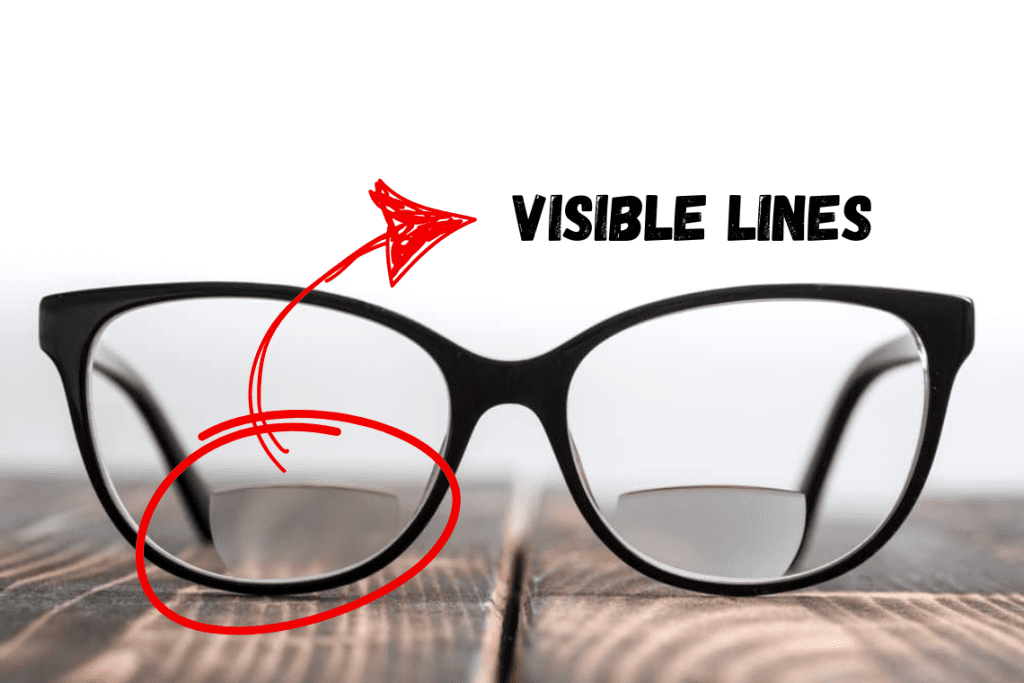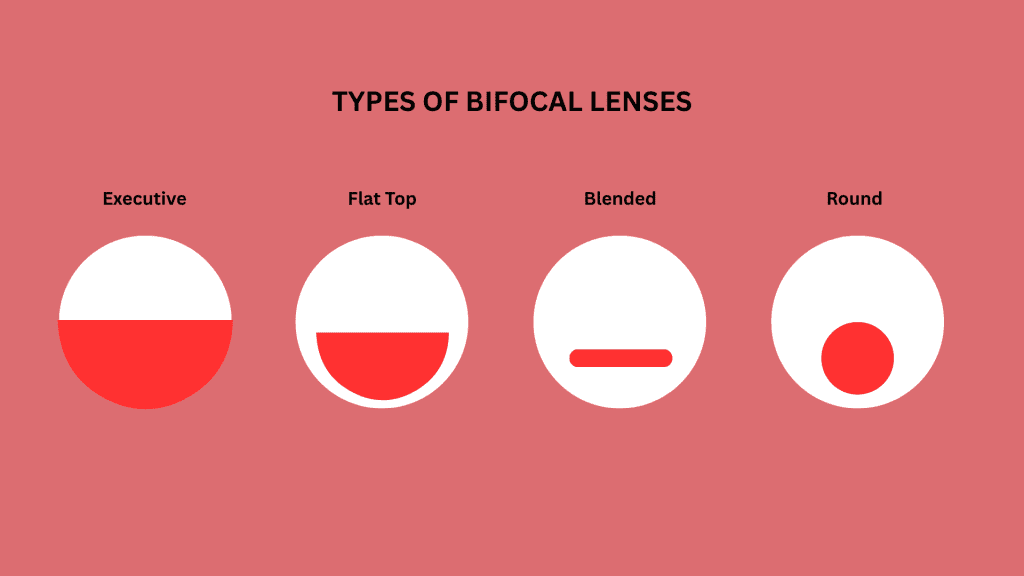Facing Vision Changes After 40?
Turning 40 is often the beginning of a new chapter — one that comes with wisdom, experience, and sometimes, a little blur when reading text messages or menus. If you’ve found yourself holding your phone further away, squinting at price tags in the grocery store, or struggling to read your favourite book or newspaper, you may be experiencing presbyopia — a completely normal, age-related condition where near vision becomes blurry.

In Malaysia, where daily life involves everything from reading WhatsApp messages, checking product labels at the pasar malam, filling out forms, or scanning QR codes at kopitiams, clear vision at all distances really does matter. That’s why bifocal lenses have long been a trusted solution for many locals. But it’s important to note that bifocals are just one of several options available today, alongside progressive lenses (multifocals) and even contact lenses for presbyopia.
In this article, we’ll focus on what bifocal lenses are, who they suit best, and how they compare to other solutions — helping you make a confident, informed choice for your eyesight.
What Is Presbyopia?
Presbyopia is a natural part of aging where the lens inside the eye becomes less flexible, making it harder to focus on nearby objects. This usually starts to become noticeable between ages 40 and 45. It’s not a disease, but a normal change in the eye’s focusing ability.
Common signs include:
Everyone will experience presbyopia eventually — even those who have always had perfect eyesight.
What Are Bifocal Lenses?
Bifocal lenses are a type of eyeglass lens designed to help people who need correction for both distance and near vision. They are especially beneficial for individuals with presbyopia, a natural, age-related condition that typically begins in the early 40s and makes it difficult to focus on close-up tasks.
What sets bifocal lenses apart is that they contain two distinct optical powers in a single lens:

The Signature Feature: A Visible Line
One of the defining characteristics of bifocal lenses is the visible line that separates the distance and near vision zones. This line is not just “cosmetic”—it actually helps guide your eyes so they naturally look through the correct part of the lens depending on what you’re doing. This clear segmentation makes bifocals intuitive to use, especially for first-time multifocal wearers.
Unlike progressive lenses, which blend the different vision powers seamlessly, bifocals have no intermediate zone. This makes them less ideal for mid-range tasks like using a computer but easier to adjust to for most people. There is no image distortion or “swim effect” that some users experience with progressive lenses.
Bifocal vs Multifocal: What’s the Difference?
It’s important to understand the difference between bifocal and multifocal (progressive) lenses before making a decision:
| Feature | Bifocal Lenses | Progressive (Multifocal) Lenses |
| Vision zones | 2 zones (distance + near) | Multiple zones (distance, intermediate, near) |
| Design | Visible line | No lines with gradual transition |
| Adaptation | Quick for most | Make take longer time to adjust |
| Aesthetics | Traditional | Modern, discreet |
| Suitability | Great for simple needs | Ideal for more dynamic focus shifts |
Summary: Bifocals are straightforward and effective, while multifocals offer a more seamless visual experience — though they usually come at a higher cost.
Why Choose Bifocal Lenses?
While they aren’t the only solution, bifocal lenses remain a practical and accessible choice for many Malaysians, especially those who:
Benefits of Bifocals:
Types of Bifocal Lenses Available
Bifocal lenses aren’t one-size-fits-all. Different types of bifocals are designed to suit various visual demands, lifestyle needs, and personal preferences. A carefully curated range of bifocal designs can help you see clearly and confidently—whether you’re reading a book, driving, or attending meetings.
Choosing the Right Type of Bifocal: Fit for Your Lifestyle
Bifocal lenses aren’t one-size-fits-all. Different types of bifocals are designed to suit various visual demands, lifestyle needs, and personal preferences. A carefully curated range of bifocal designs can help you see clearly and confidently—whether you’re reading a book, driving, or attending meetings.

Are Bifocals Right for You?
They might be, especially if you:
But if your work or lifestyle involves frequent intermediate vision (e.g., computer use, presentations), you might benefit more from progressives or digital workspace lenses. Consulting a certified optician or optometrist can help you find the best option tailored to your lifestyle, visual requirements, and budget. Book your appointment with Multifocal Glasses Specialist by Pott Glasses now.
Alternatives to Bifocal Glasses
At Multifocal Glasses Specialist by Pott Glasses, we believe in offering solutions, not just products. If bifocals aren’t ideal for you, here are other options we provide:
During your consultation, our optometrists can help recommend the most suitable type based on your occupation, daily habits, vision needs and budget.
Choosing Bifocals at Multifocal Glasses Specialist by Pott Glasses
We make it easy and accessible for you to explore bifocals with confidence:
You can visit any of our outlets in Klang Valley, Johor or Penang. Make an appointment now to have a Free Consultation with our optometrists.
How to Adapt to Bifocal Lenses Quickly
Switching to bifocal lenses for the first time may feel a little awkward at first — but rest assured, most users adjust comfortably within just a few days to a couple of weeks. Your eyes and brain simply need some time to learn how to move between the two viewing zones.
Tips for smoother adaptation:
Many of our customers at Pott Glasses find that wearing bifocals becomes second nature by the end of the first week — especially with proper guidance from our optometrists.
Find a Multifocal Glasses Specialist by Pott Glasses Store Near You
Come and visit your local Multifocal Glasses Specialist by Pott Glasses store and our friendly staff can assist you with your eye care needs.






